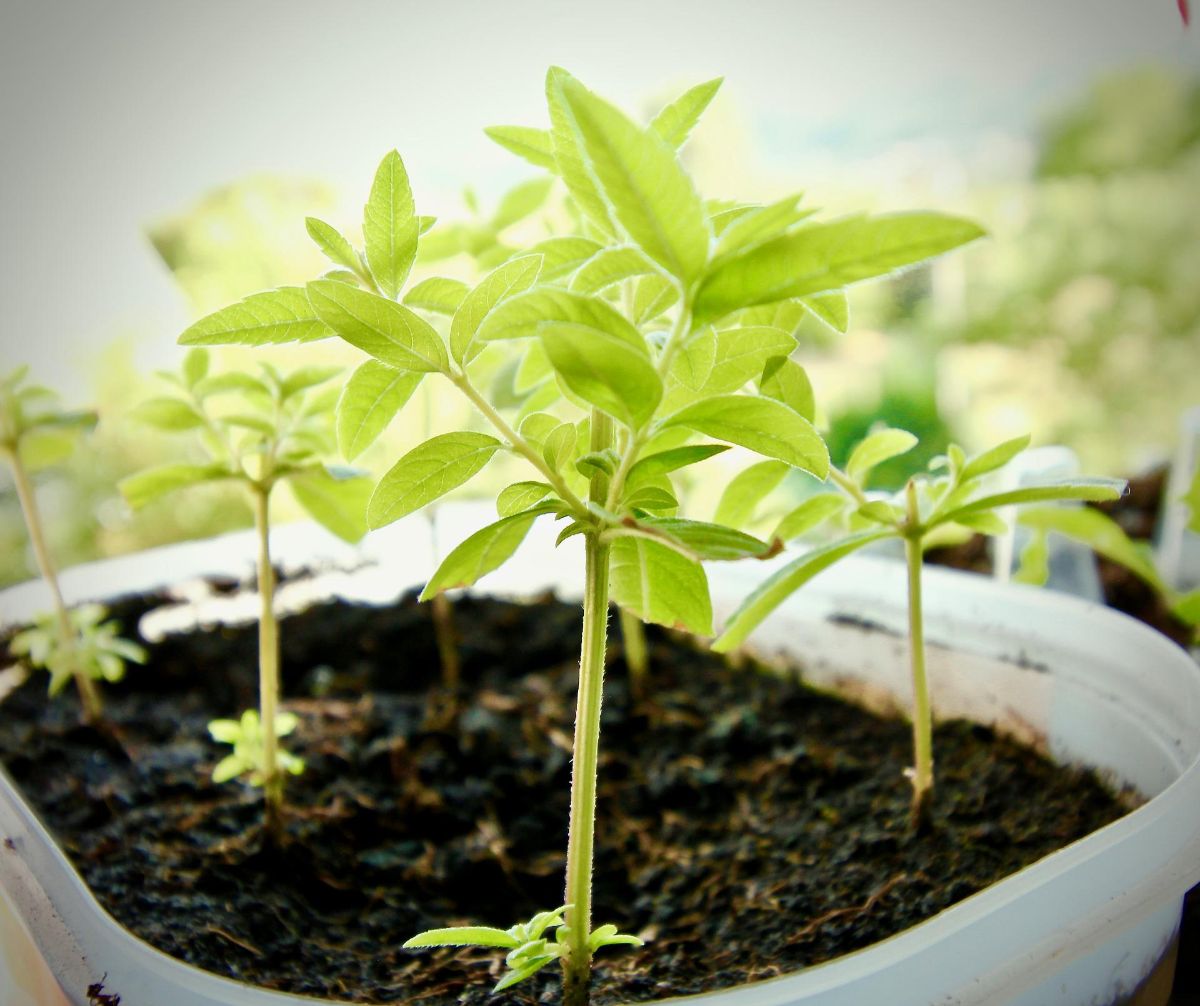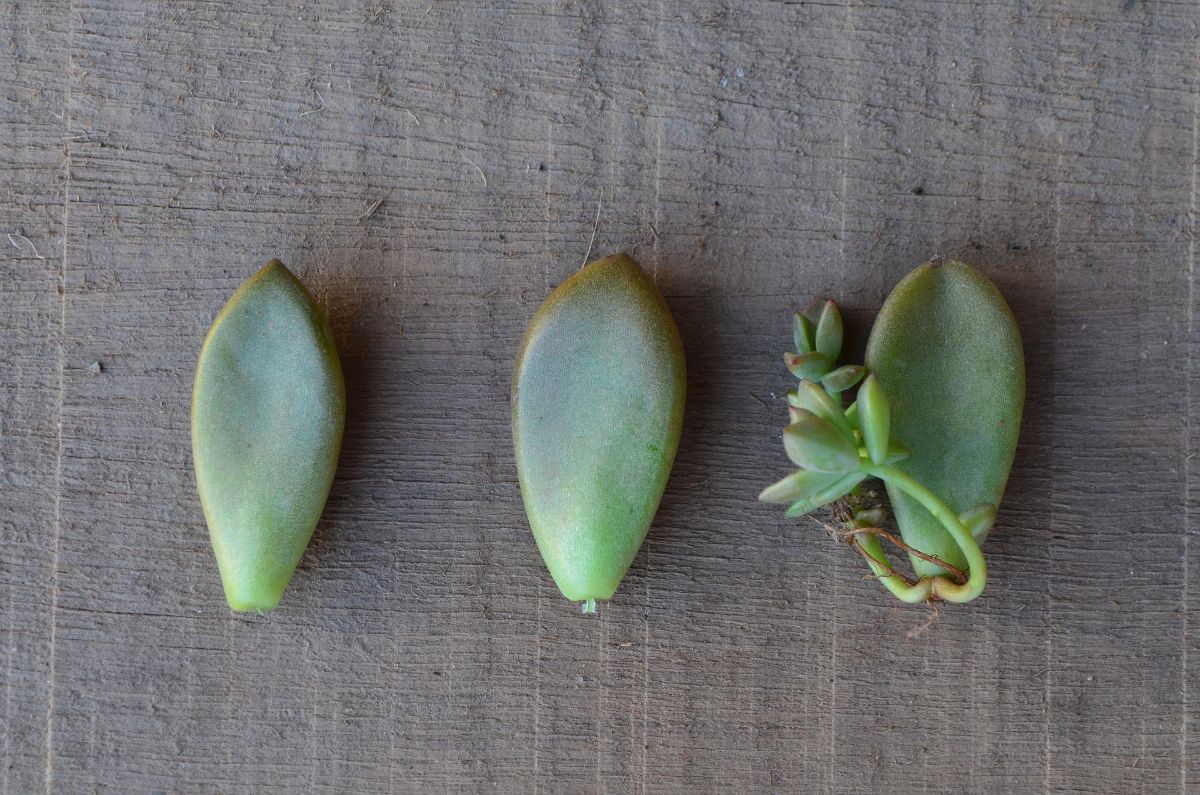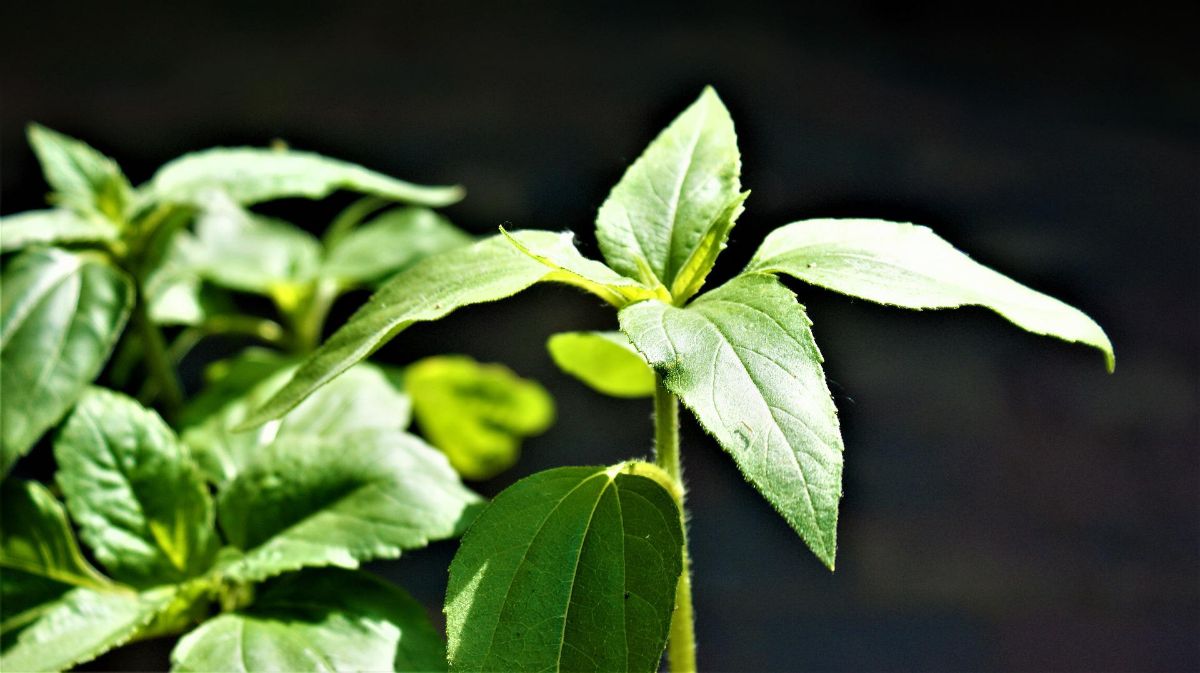
When you have a plant that you adore with all your being, the last thing you want is for a pest, disease or similar to attack it and kill it, right? To avoid this, many resort to cuttings to multiply the plant, but how to grow cuttings indoors?
If you want to learn how to do it and enjoy the new plant that it will grow little by little and will be like the “mother”, then take a look at all the tips that we have compiled for you.
What are cuttings

First of all, we would like to make it clear what cuttings are so that you have no doubts about this type of plant reproduction.
A cutting is a living part that has been cut from a plant., in such a way that it is treated with the aim of developing roots and constituting itself a new plant, just like the first, but instead of developing from a seed, it does so from a part of the plant.
The usual thing is to do it from stems, but there are plants that you could also reproduce through leaves or even roots.
When to take cuttings
To take indoor cuttings, there is no need to wait for a precise time. Because indoor plants control temperature better and are always in a stable temperature (in addition to having humidity), it is normal that you can take cuttings throughout the year. Nevertheless, the times when they are most common to take them out are in spring or autumn.
How to grow cuttings indoors

Surely, if you like plants, you will have friends related to this hobby, or you will follow accounts on social networks of other people who have plants and who take cuttings (or sell them). But you have not yet encouraged yourself to do it, or you have done it but with negative results.
Know that multiplying a plant by cuttings is quite easy to do. Once you realize that the cut has taken root, you will have no problem pulling it out. But for that to happen, the previous steps can be decisive to achieve this.
And these are:
Know which plant to cut
We start from the fact that not all plants in the plant kingdom can be reproduced by cuttings. Most of them yes, but not all. Therefore, when using this method of multiplication, you must consider whether or not you can really do it.
How to know? Search on the Internet or if it is from a nursery, ask the manager as they will be the person who can help you and even give you some advice.
Another option is to try. Note that you will only cut a piece of the plant, and this, if all goes well, will return a new plant. So you don't have much to lose and you have much to gain.
cut the cutting
Once you have the plant to cut, all choose which part is going to be cut. In the case of succulents, for example, it can be branches or even leaves. In other types of plants, it is normal for them to be stems that are healthy and active.
Make sure the cutting does not exceed 20 centimeters in length. You must cut it with previously disinfected scissors (or other tools) to avoid disease or pest problems (and we advise you to treat the plant after cutting so that its health does not deteriorate).
Grow cuttings indoors

You already have the cuts made and the cuttings of the plants you want. But now, just as it happens with the mother plant, you have to treat these so that they come out ahead.
Here it will depend a lot on what you have, that is, on the type of cutting you have taken. For example, if they have been leaves of a succulent, you do not have to treat them but directly put them in a container with water so that the roots develop (and they do so quite quickly in most cases).
If they are stems, the normal thing is to remove the shortest leaves to be able to put them in water and get them to take root over time.
Now, in this case you must take into account the following:
The type of container you will have
By this we are referring to the way in which you are going to try to root it. And there are three effective methods:
- Water. That is, place the cuttings in a container (such as a jar, bottle, etc.) filled with water. It is a very effective method and in most cases it works.
- pearlite Another option, perhaps intermediate between that first method that we have told you about and the one that we will tell you next is this. It consists of filling a container with perlite and water in such a way that the perlite protects the stem and at the same time gives it the moisture it needs.
- Land. It is the most used in plants such as rose bushes, but it can also be effective in others. It basically consists of planting the stems directly in the ground and waiting for them to start showing signs of new growth.
Control your needs
Cuttings are much more delicate than adult plants, and you have to be a little more aware of them, but not too much.
In general, what you should keep in mind is the following:
- Illumination. Do not put them in full sun because it will kill them in no time. You should place them in an area where they receive light, but not direct sun.
- Water. Depending on the method you have chosen, water will be essential or not. If you have put them in water, you must make sure that it does not evaporate, since that would harm the roots that are born (to the point of losing it); if it is in perlite, you will have to see that it is always moist. And if it is on land, you will have to water it often to keep it moist (but be careful if you flood it).
- Fertilizer. We do not recommend that you apply it for the first few days, but after a week it would not be a bad idea to add a little liquid fertilizer to the irrigation water (or to the container) to encourage the plant to thrive. Others also use rooting. Both products are good and can shorten the waiting time for roots to form.
There are two little tricks that you should also know. The first has to do with the peroxide. And the thing is, if you notice that the cutting is beginning to rot, one way to try to save it is by pouring a few drops of hydrogen peroxide into the water so that it kill any bacteria or fungus that has appeared (it is also recommended to clean the cutting with it).
The second trick is cinnamon powder. If you apply a quantity to the water, you will not only be protecting it from pests and diseases, but it is also used to develop more roots in the plant (and in this case in the cutting).
Is it clear to you how to grow cuttings indoors? Do you dare to do them?